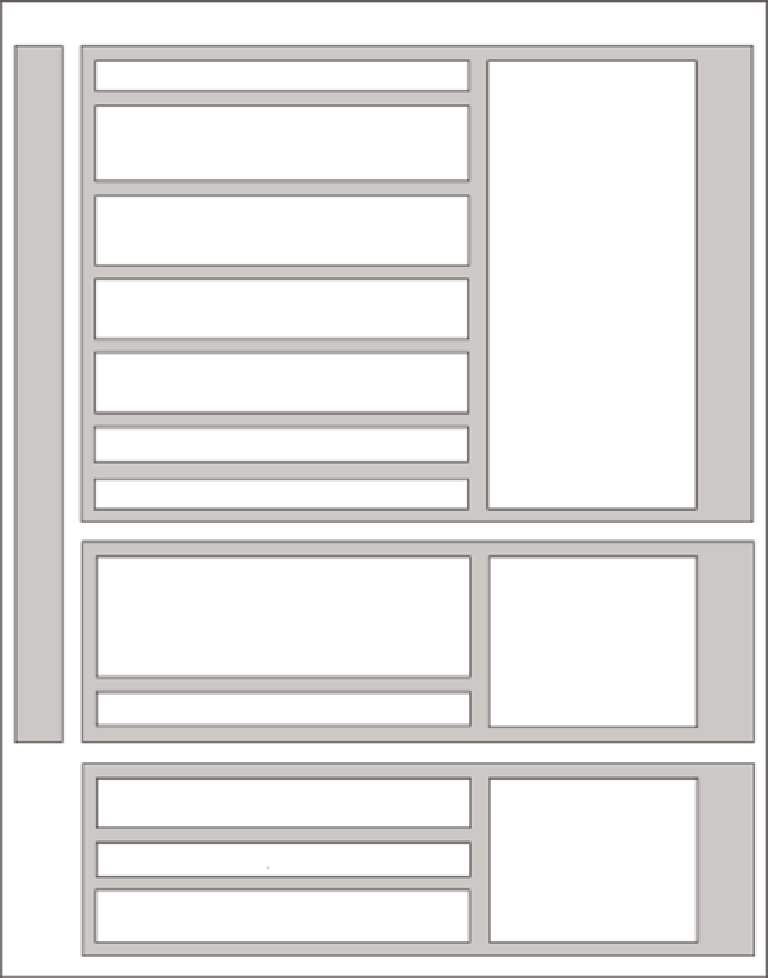Geoscience Reference
In-Depth Information
Activities
Outputs
Literature research, internal project expertise
Information about
General willingness
or reservation
regarding the use of
DSS, preconditions
Draft questionnaire (problems in water
management, intentions to use DSS,
requirements a DSS should meet)
Priority of issues the
DSS should address
Members of the research team make contact
with water managers / decision makers in their
respective regions
Necessity to use the
same terminology as
the WFD and other
legal regulations
Feedback on the draft questionnaire by the
research team
Existing methods,
data and GIS-
systems that should
fit into the DSS
Final version of questionnaire (partly tick-the-
box, partly open questions)
Requirements
regarding contents,
user interface, etc.
Guided interviews with regional practioners
Analysis and interpretation of results
Workshop with water managers, decision makers
and researchers from outside of the project:
Presentation and discussion of
Results of the survery
The DSS concept
See above
Readjustments and final report
Test and presentation of the draft DSS in one
catchment (Tamar)
Feedback regarding
functionality and
usability of the DSS
Readjustments
Test and presentation of the draft DSS in other
catchments
Figure 11.4
Activities to incorporate end-users' requirements into the design of the
Euro-limpacs DSS.
Will climate change affect some parts of a catchment more than others?
●
What measures should be taken to mitigate the effects of climate change?
●
Which part of a catchment should resources be targeted towards?
●
Which measures most effectively tackle the defined problem?
●





























Search WWH ::

Custom Search